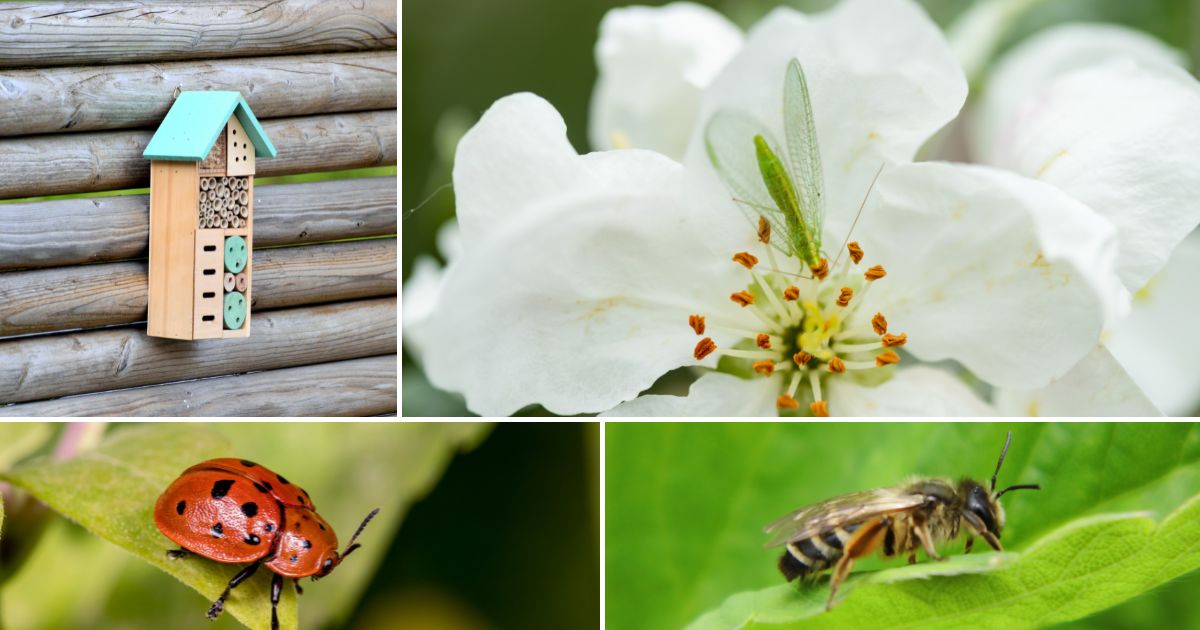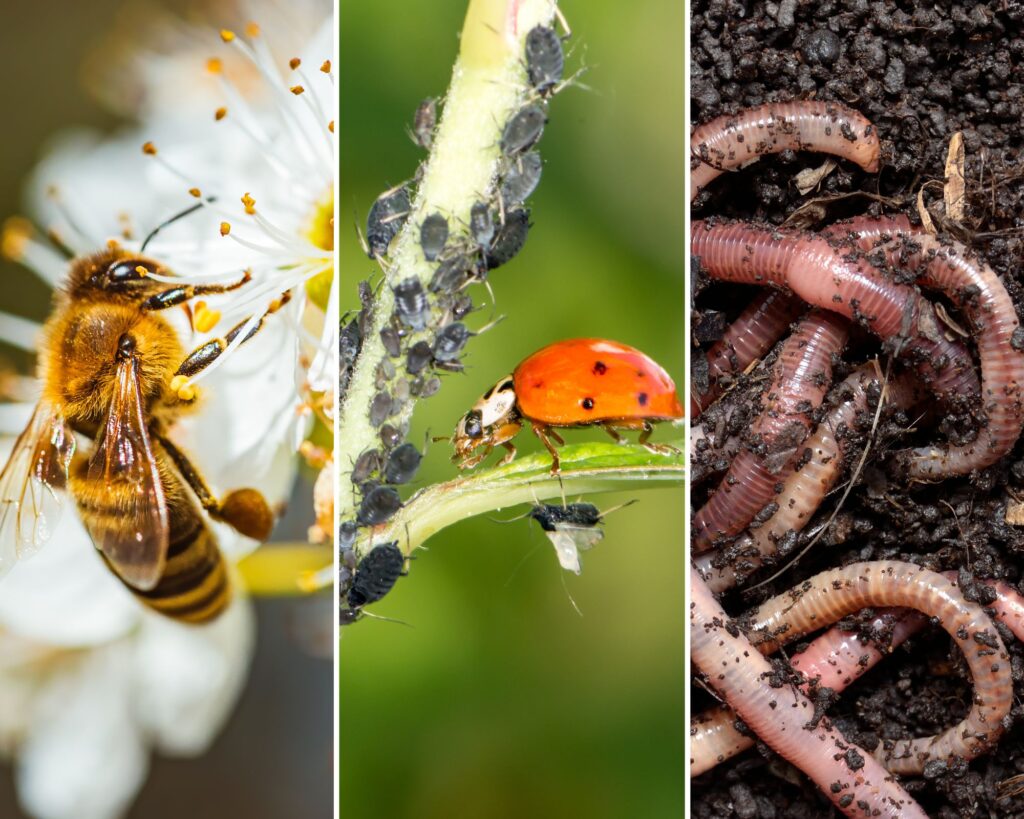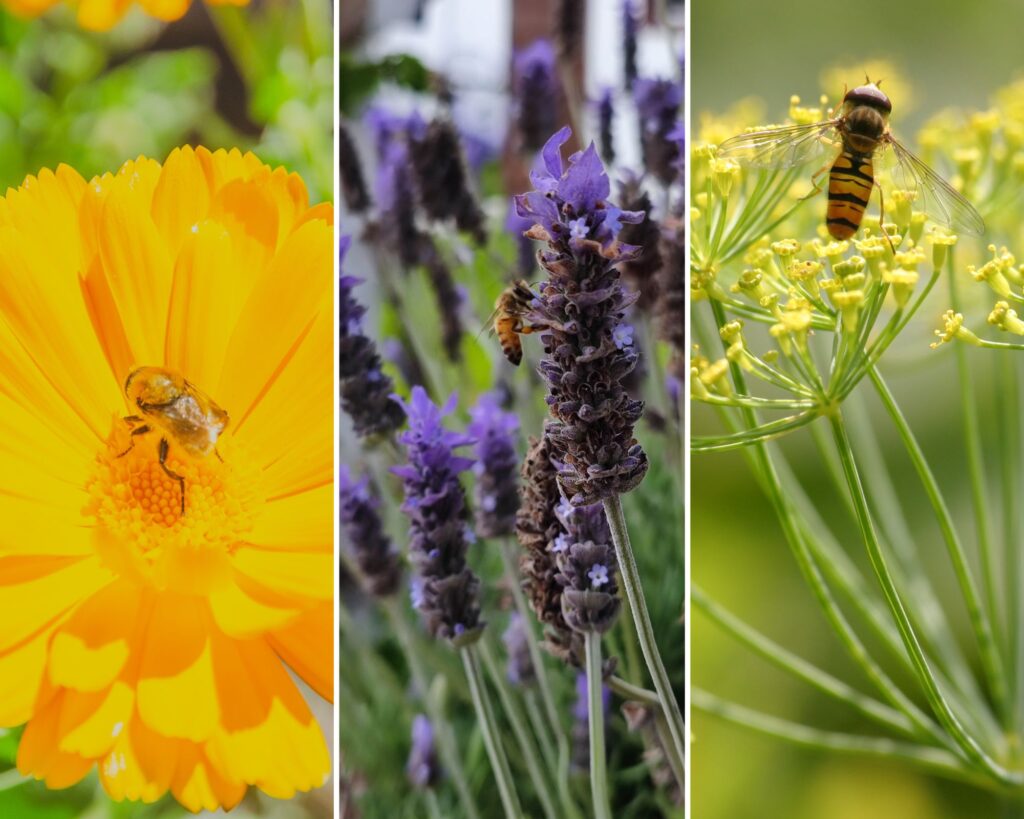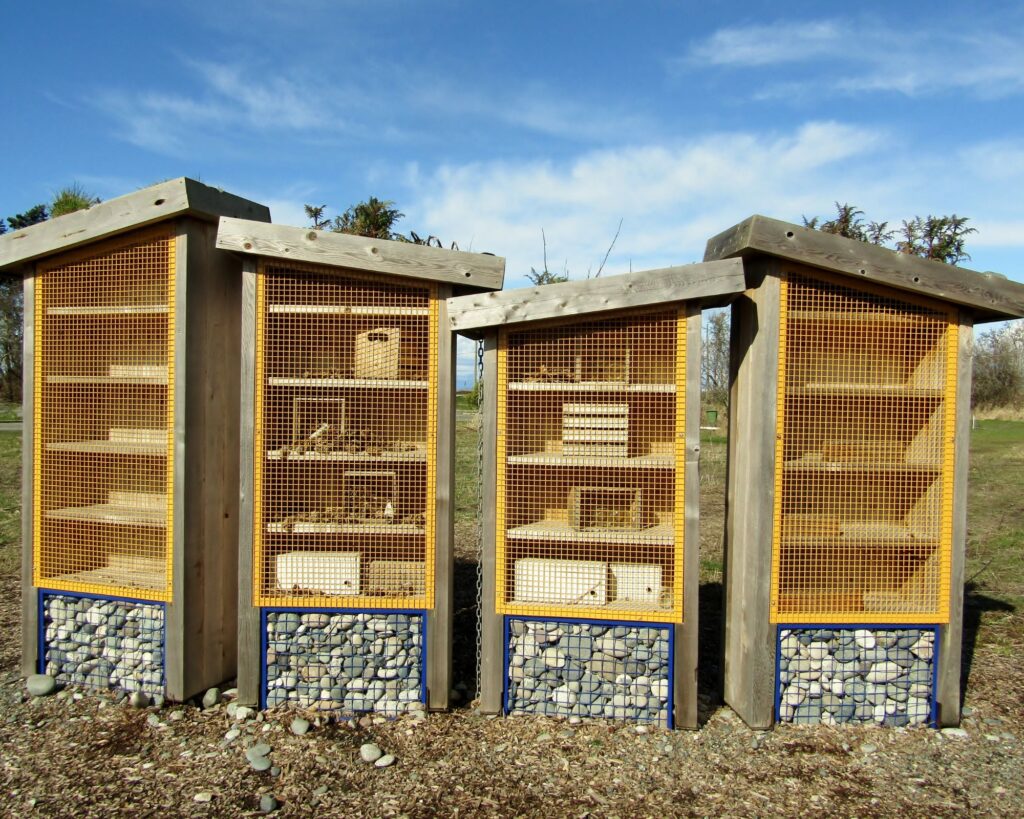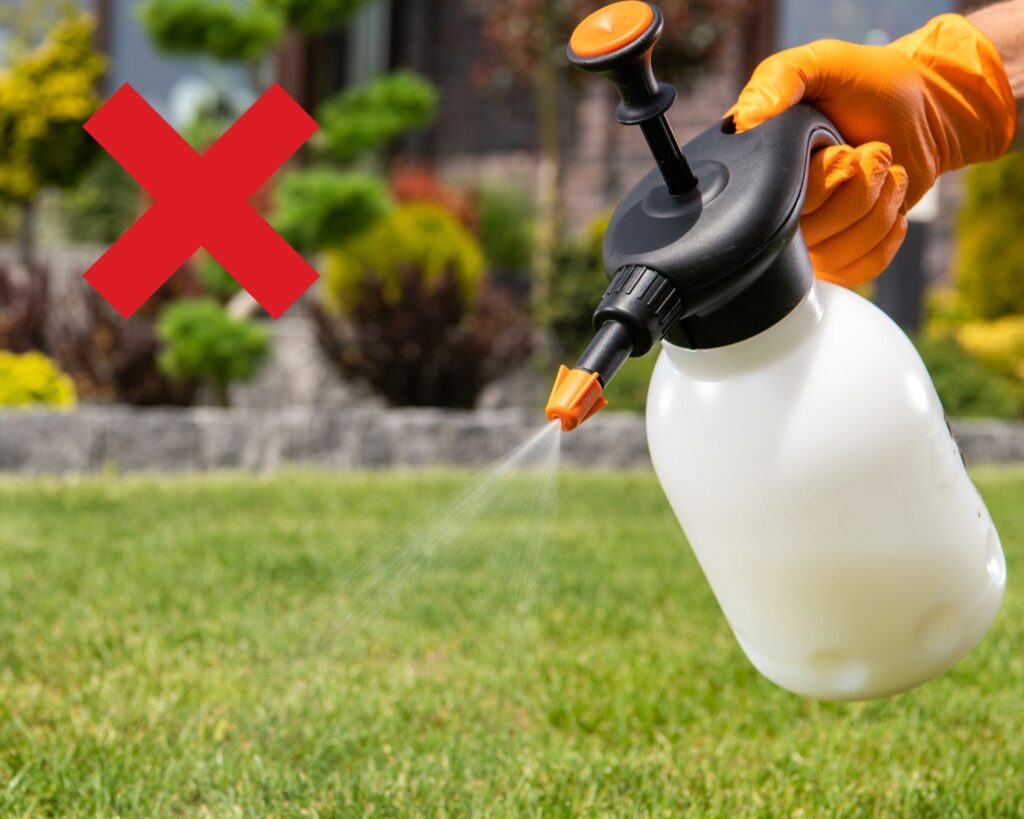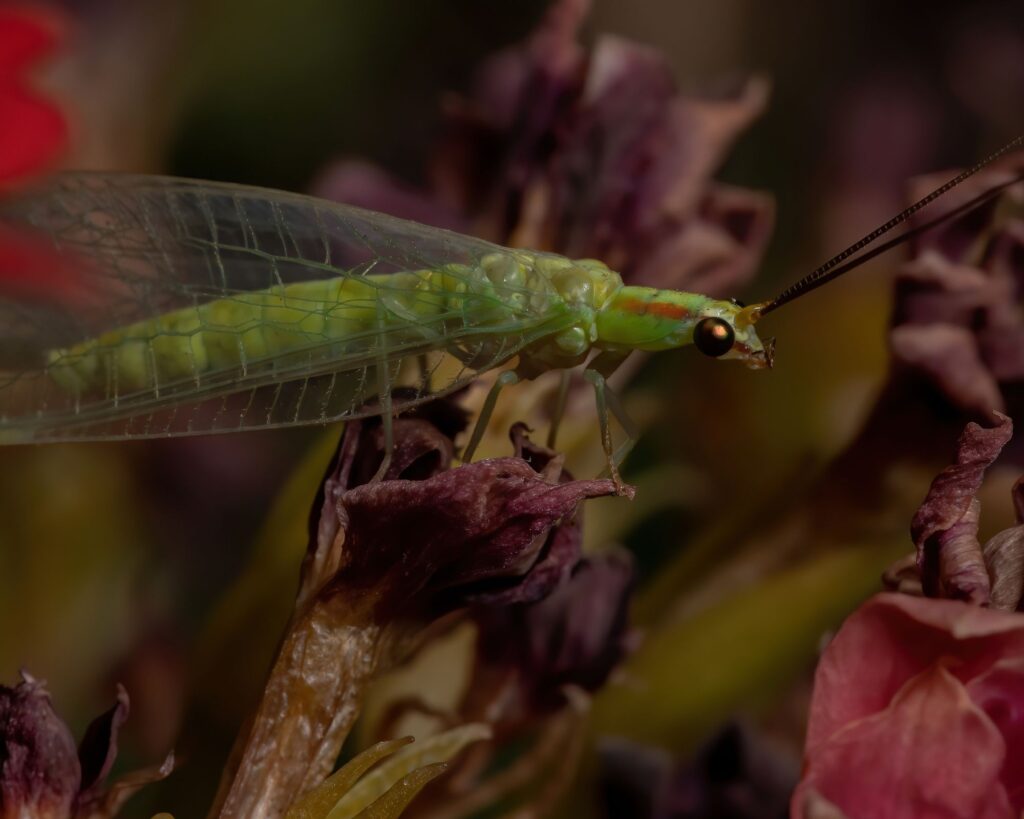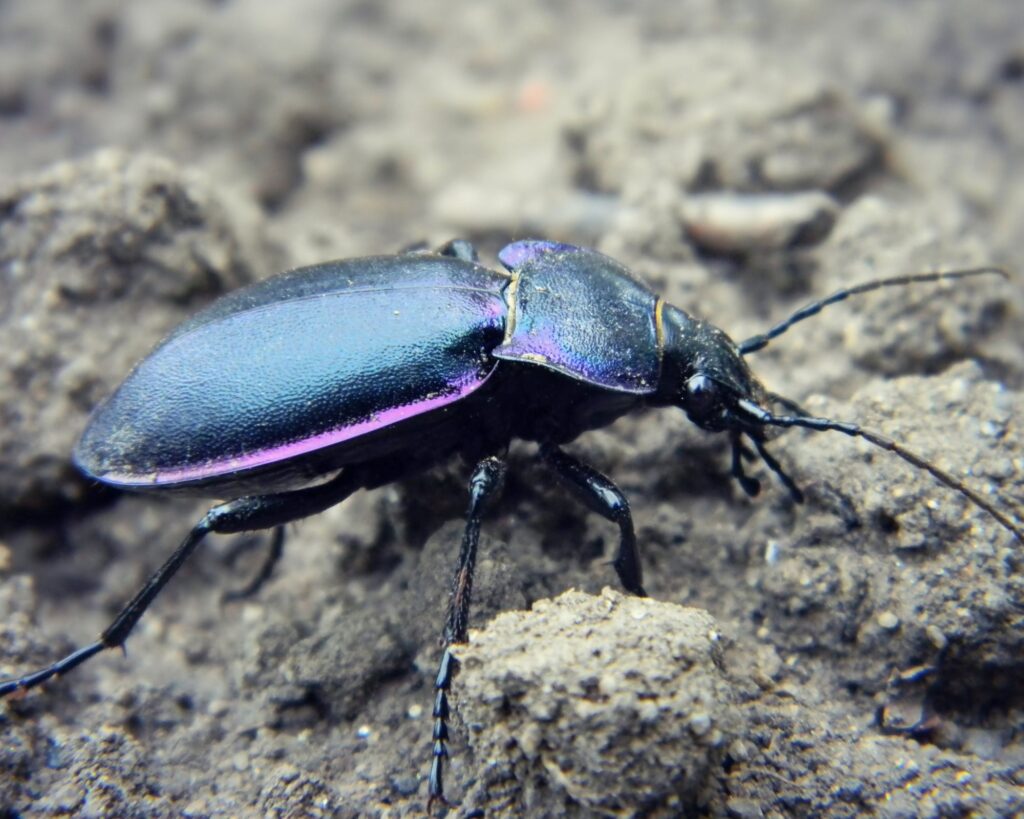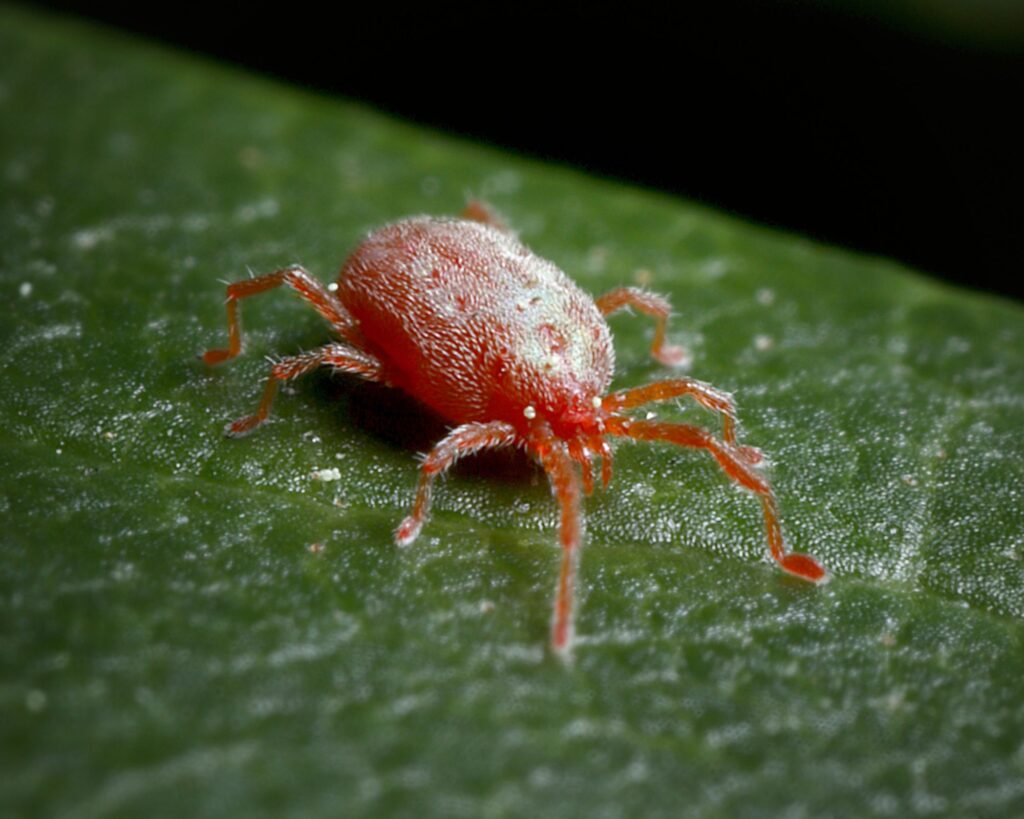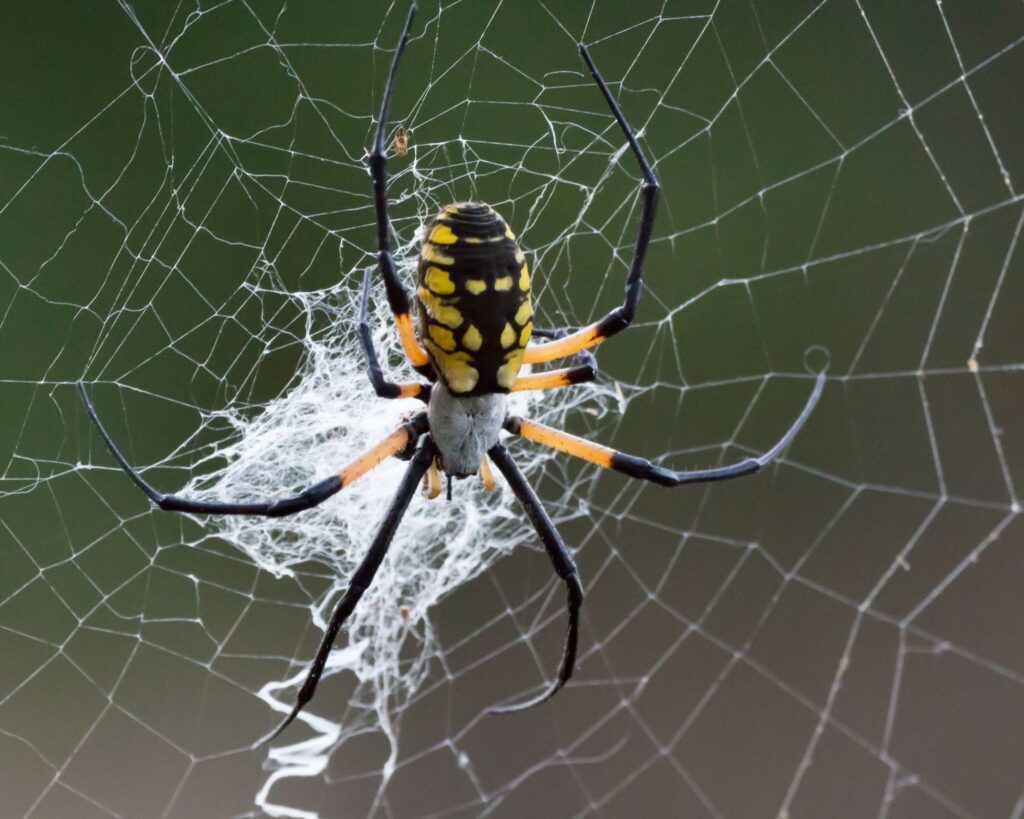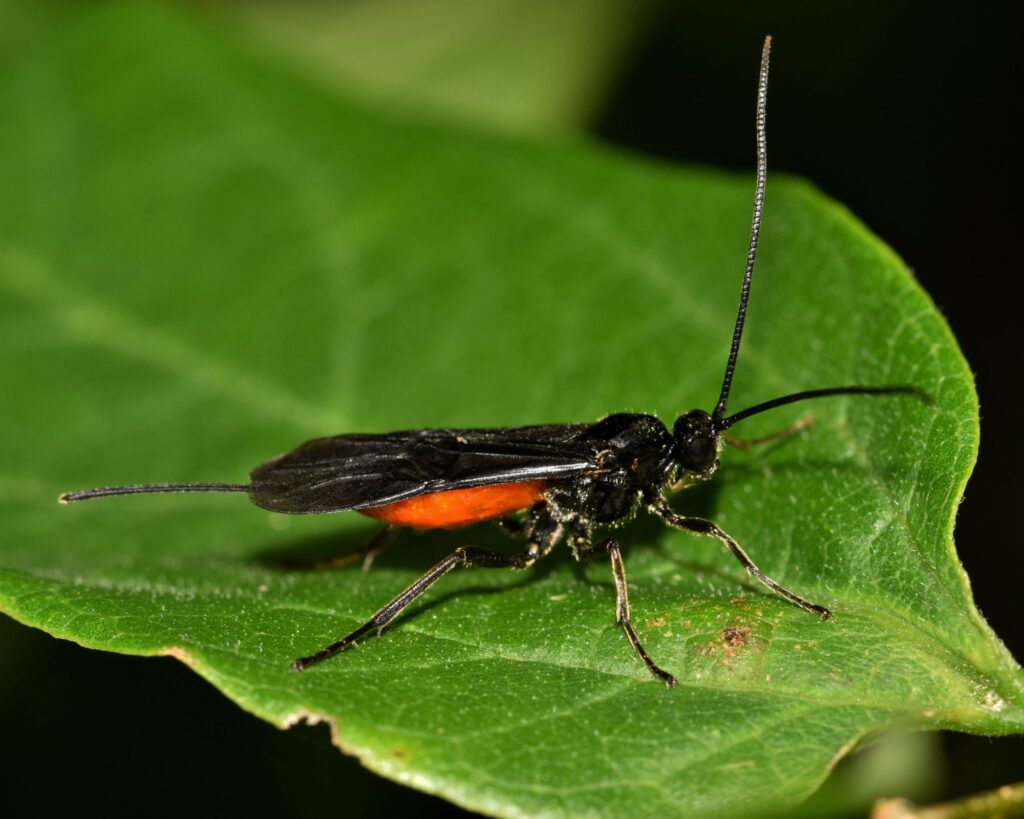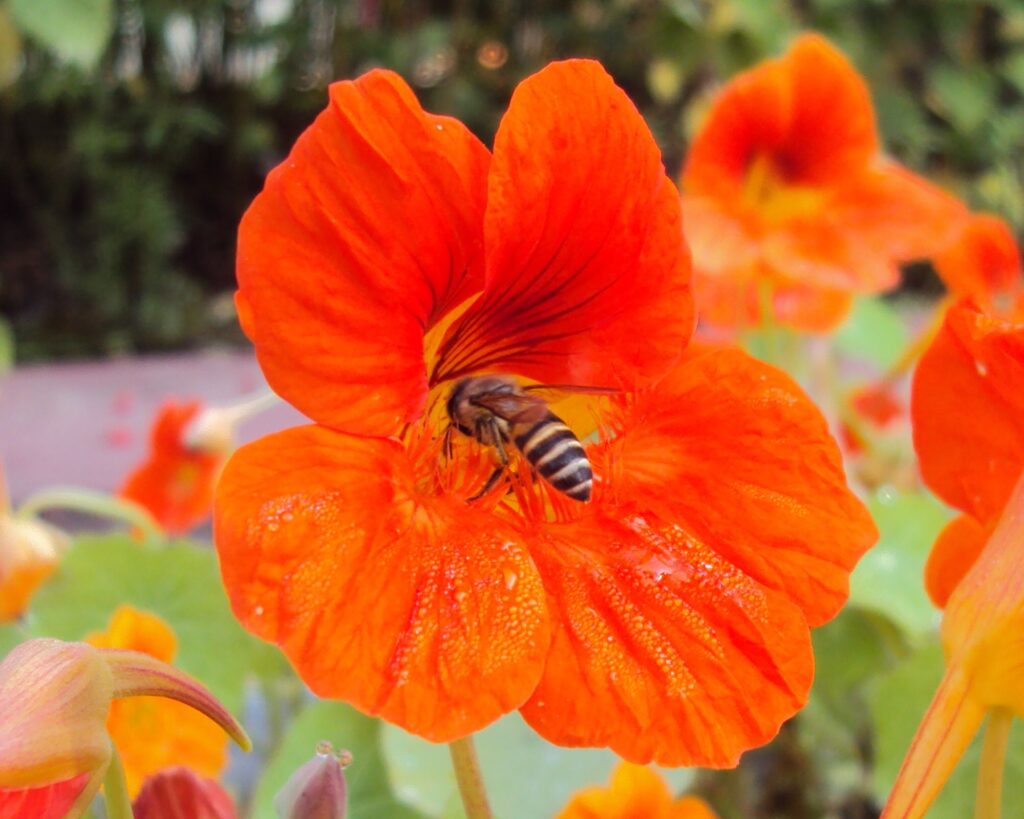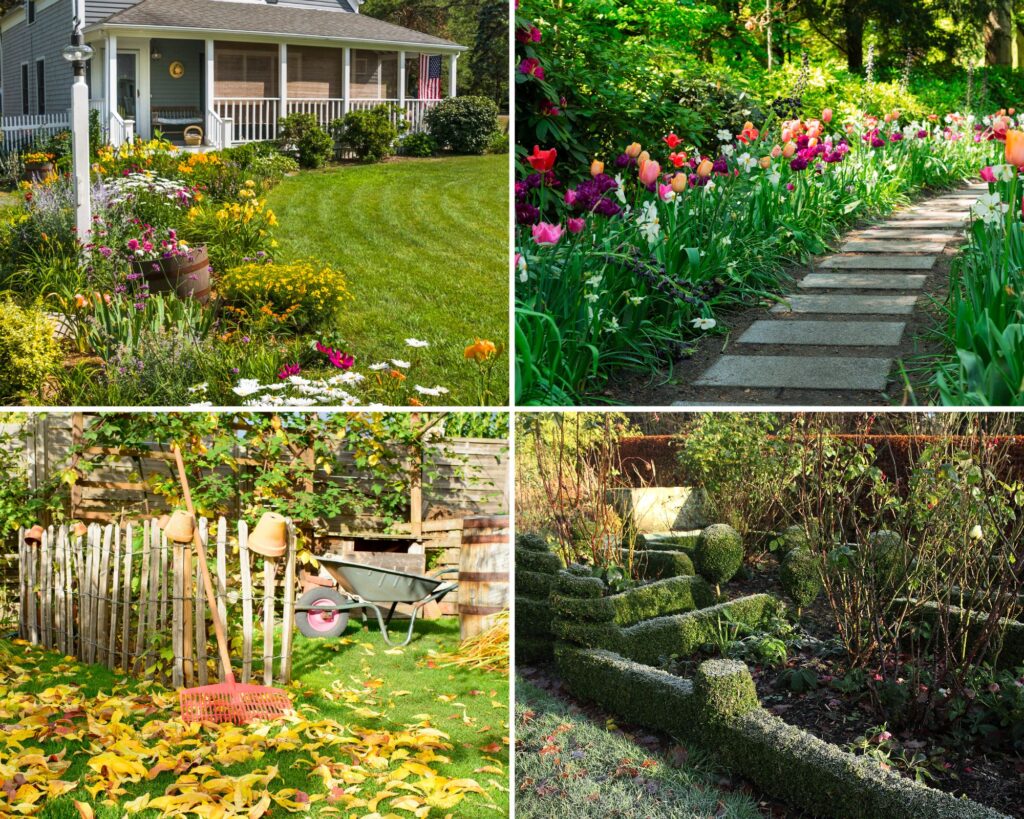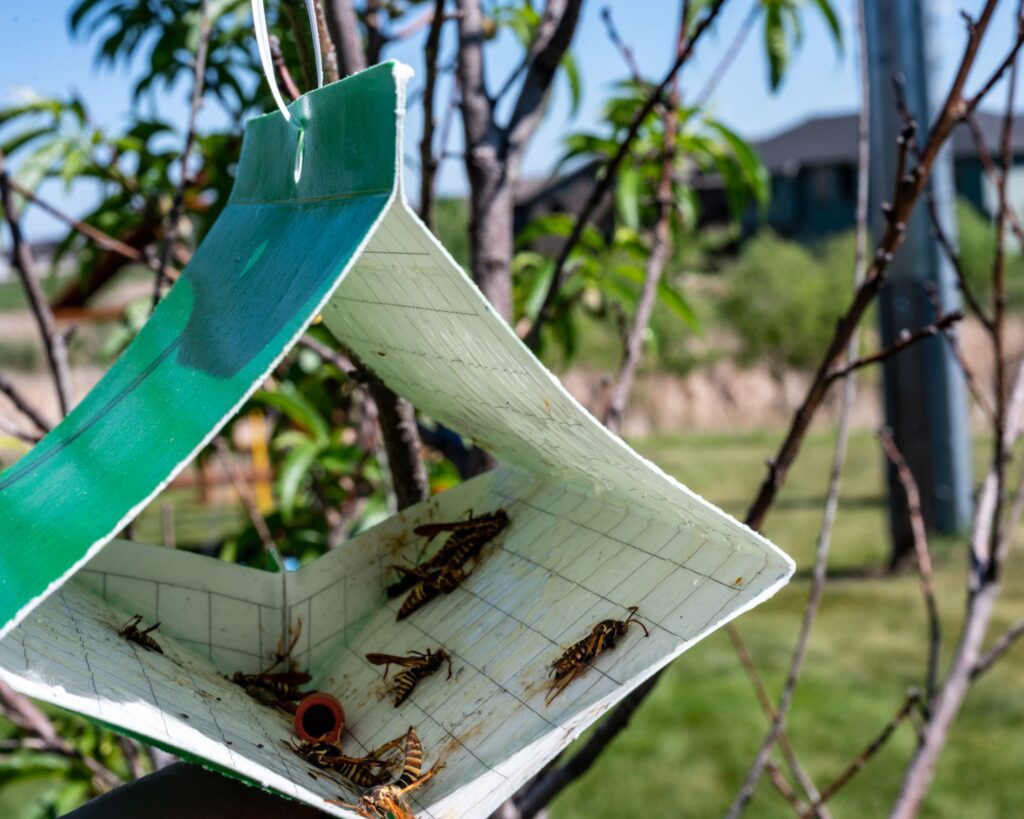Imagine stepping into a garden teeming with vibrant plants and flourishing flowers, all thriving thanks to a team of tiny garden heroes—beneficial insects. These miniature allies are crucial for natural pest control and effective pollination, making your gardening efforts more successful than ever. Attracting beneficial insects is essential for maintaining a healthy ecosystem and promoting robust plant growth.
With just a few simple steps—like planting the right flowers, providing shelter, and avoiding harmful pesticides—you can transform your garden into a sanctuary for these helpful creatures. The result? A more vibrant, healthy, and pest-free garden.
Explore how insects like ladybugs, bees, and lacewings can elevate your garden’s well-being and learn the best ways to attract them. By fostering a habitat rich in these beneficial insects, you’re not only enhancing your garden’s health but also supporting the broader environmental balance.
Roles of Insects in Gardens
Beneficial insects perform multiple roles that support garden health. Predatory insects, such as ladybugs and lacewings, help control pest populations. Pollinators, like bees and butterflies, are vital for plant reproduction.
Key roles of beneficial insects:
- Pollination: Bees, butterflies, and other pollinators help plants reproduce by transferring pollen.
- Pest control: Ladybugs and predatory beetles keep harmful pest populations in check.
- Soil health: Earthworms and other organisms enhance soil structure and nutrient cycling.
You can attract these beneficial insects to your garden by planting native flowers, providing water sources, and avoiding harmful chemicals.
Encouraging a diverse and insect-friendly ecosystem within your garden can lead to more vibrant and productive plants.
Attracting Beneficial Insects
Creating a garden that attracts beneficial insects involves selecting the right plants, creating welcoming habitats, and avoiding harmful pesticides.
Selecting the Right Plants
Certain plants are particularly attractive to beneficial insects due to their nectar, pollen, or shelter. Marigolds, lavender, and dill are excellent choices.
Native plants are especially useful because they support local insect populations. You should include a variety of plants that bloom at different times to provide a consistent food source. Companion planting, where specific plants are grown together to benefit each other, can also help attract helpful insects.
Creating Habitats for Insects
Beneficial insects need more than just food; they need places to live and reproduce. Simple actions like leaving a section of your garden undisturbed can create a safe habitat.
Insect hotels are another great idea. You can make one using hollow stems, wood, and other natural materials. Mulching and leaf litter provide hiding places for ground-dwelling insects. Add a water source, such as a shallow dish with rocks, to help keep your insect friends hydrated.
Avoiding Harmful Pesticides
Using pesticides can harm beneficial insects along with the pests you’re trying to control. Instead, explore natural pest control methods.
Introduce predators like ladybugs and lacewings to keep pest populations in check. Use insecticidal soaps made from natural ingredients rather than chemical sprays. Practicing sustainable gardening techniques ensures that your garden remains a safe haven for all beneficial insects.
11 Beneficial Insects for Your Garden
1. Ladybugs
Why You Want Them: Ladybugs are natural predators of aphids, spider mites, and other harmful pests. One ladybug can eat up to 5,000 aphids in its lifetime.
How to Attract Them: Planting a variety of flowers like dill, fennel, and marigold will attract ladybugs to your garden. Providing a water source and avoiding the use of chemical pesticides will also encourage them to stay.
2. Lacewings
Why You Want Them: Lacewing larvae, also known as “aphid lions,” are voracious predators that feed on aphids, caterpillars, and other small insects.
How to Attract Them: Lacewings are attracted to plants like dill, coriander, and yarrow. Keeping your garden pesticide-free and providing a diverse array of plants will help attract and retain lacewings.
3. Hoverflies
Why You Want Them: Hoverfly larvae feed on aphids, thrips, and scale insects. The adults are important pollinators.
How to Attract Them: Planting flowers such as marigolds, sweet alyssum, and lavender will attract hoverflies. Maintaining a pesticide-free environment is crucial to keep them around.
4. Ground Beetles
Why You Want Them: Ground beetles are beneficial because they feed on a variety of pests including slugs, snails, and caterpillars.
How to Attract Them: Ground beetles thrive in gardens with plenty of ground cover and mulch. They prefer habitats that offer moisture and shade, so consider adding log piles or rock gardens to your landscape.
5. Parasitic Wasps
Why You Want Them: Parasitic wasps lay their eggs in or on pest insects like caterpillars, aphids, and whiteflies. The wasp larvae then consume the host, effectively controlling pest populations.
How to Attract Them: Planting nectar-rich flowers such as dill, fennel, and cilantro will attract parasitic wasps. Avoid using broad-spectrum insecticides that can harm these beneficial insects.
6. Predatory Mites
Why You Want Them: Predatory mites are tiny but effective predators of spider mites, thrips, and other small pests.
How to Attract Them: You can encourage predatory mites by planting ground cover crops and maintaining high humidity levels in your garden. Avoiding chemical sprays will also help sustain their population.
7. Tachinid Flies
Why You Want Them: Tachinid flies are parasitic insects whose larvae feed on caterpillars, beetle larvae, and other garden pests.
How to Attract Them: Planting herbs and flowers like dill, parsley, and queen Anne’s lace can attract tachinid flies. These plants provide the necessary nectar for adult flies.
8. Spiders
Why You Want Them: Spiders are generalist predators that feed on a wide variety of insects, including many pests.
How to Attract Them: Spiders are attracted to gardens with diverse plantings that provide shelter and food sources. Avoiding pesticide use and creating habitats with leaf litter, mulch, and rocks will encourage spiders to take up residence.
9. Dragonflies
Why You Want Them: Dragonflies are excellent at controlling mosquito populations as well as other small flying insects.
How to Attract Them: Dragonflies are attracted to water features such as ponds or birdbaths. Planting reeds and other water-loving plants around these features can also help attract dragonflies.
10. Braconid Wasps
Why You Want Them: Braconid wasps lay their eggs inside caterpillars and other pests, eventually killing the host and reducing pest populations.
How to Attract Them: Grow flowering plants such as dill, parsley, and wild carrot to attract braconid wasps. These plants provide the nectar that adult wasps need.
11. Bees
Why You Want Them: Bees are critical pollinators for many garden plants. Both honeybees and native bees play an essential role in pollination.
How to Attract Them: Planting a variety of flowering plants that bloom at different times of the year will attract bees. Providing bee-friendly habitats like bee hotels and avoiding pesticide use will help keep bee populations healthy.
Seasonal Considerations
Adapt your gardening practices to the seasons to support insect populations year-round. During spring, introduce early-blooming flowers to offer early food sources. In summer, ensure consistent watering and mulching to sustain a healthy habitat.
Autumn is a good time to plant late-blooming species that provide resources as other plants die back. Leaves and plant debris left in winter can serve as shelters for overwintering insects. Resist the urge to perform deep fall cleanups; leave some areas undisturbed for insect habitats.
Provide water sources such as shallow dishes with pebbles, especially in dry seasons. Different insects may require varied environments, so cater to their specific needs throughout the year.
Monitoring Insect Populations
Regularly monitor the variety and number of insects in your garden. This practice helps you understand the beneficial insects that inhabit your garden and identify any changes that may indicate problems. Use tools like hand lenses or insect traps to gather detailed information.
Keep a garden journal noting insect sightings and plant health. Identifying trends can help adjust your practices for better results. Encourage a diverse insect population, as it increases resilience against pests.
Incorporate biological controls like releasing ladybugs or nematodes if you notice an imbalance. A healthy garden with active beneficial insects can naturally keep pests in check.
Dealing with Pest Outbreaks
Pest outbreaks can sometimes escalate even when you’re trying to attract beneficial insects. First, ensure you are planting a variety of plants that attract predatory insects like ladybugs and lacewings, which feed on common pests such as aphids and spider mites.
Introduce companion planting techniques. For example, marigolds can help deter nematodes, while basil repels flies and mosquitoes. Another tip is to provide a habitat for natural predators by maintaining a careful balance of plants that bloom at different times of the year.
If an outbreak occurs, consider using natural pest control methods like neem oil or insecticidal soaps instead of harsh chemicals. These methods won’t harm the beneficial insects you are trying to attract. Regular monitoring of your garden will help you catch pest issues early before they become unmanageable.
By transforming your garden into a haven for beneficial insects, you are fostering a healthier, more vibrant, and pest-free environment. These tiny garden heroes, such as ladybugs, bees, and lacewings, play crucial roles in natural pest control and effective pollination.
So, step into your garden, nurture these miniature allies, and watch as they transform your gardening efforts into a flourishing success.
